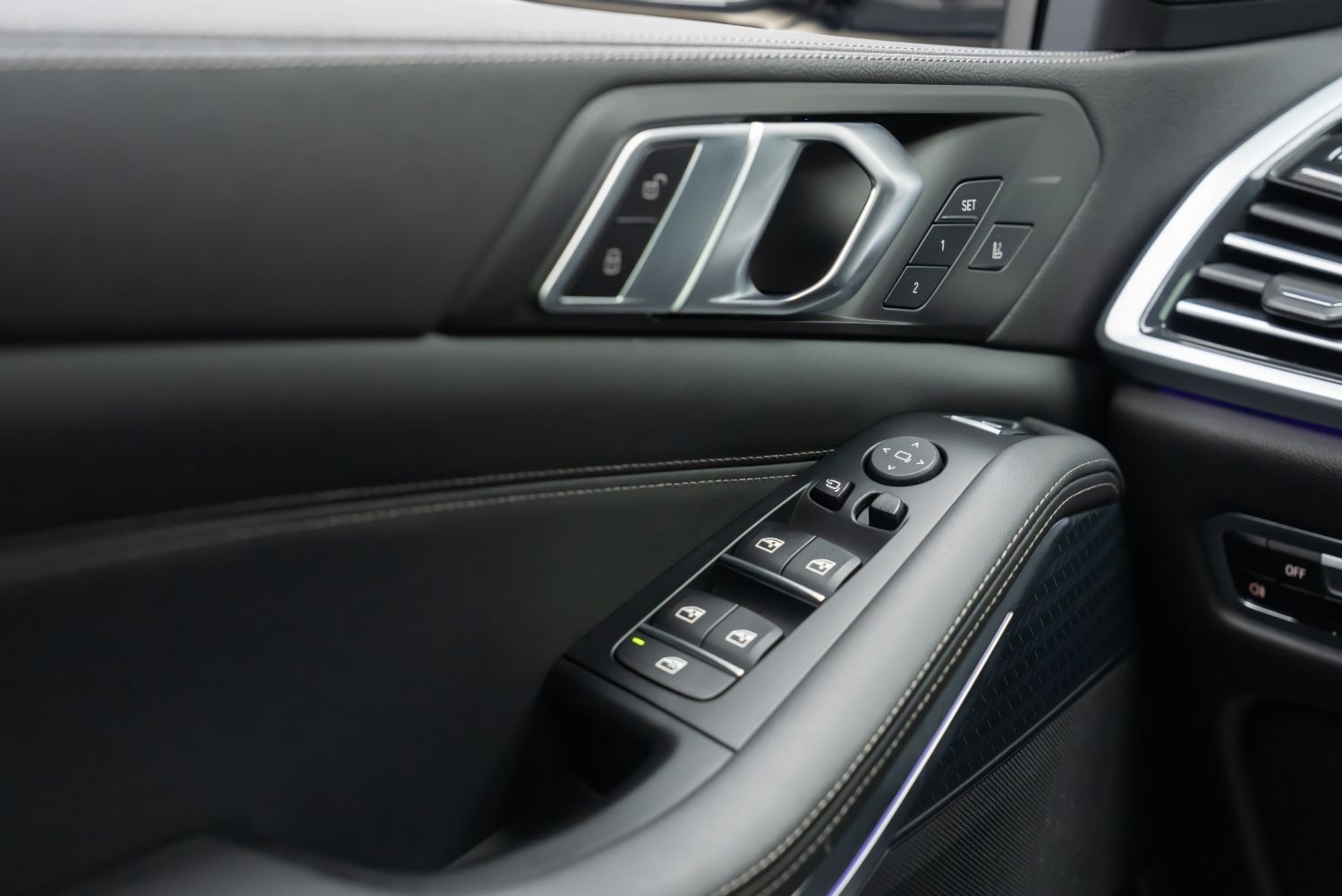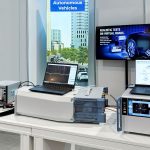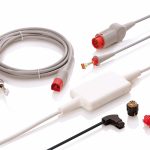The automotive industry is currently undergoing a significant transformation, perhaps one of the most substantial in its extensive history. However, it is not only the powertrain that is undergoing alteration. Established industry leaders are facing fierce competition from new names on the market, and a sector formerly dominated by mechanical systems is transitioning towards greater incorporation of electronic, digital, and intelligent components. This type of widespread and seismic shift gives rise to new opportunities and requirements that must be met, and once again, 8-bit microcontroller units (MCUs) are set to emerge as one of the major beneficiaries.
Within automotive design, some initiatives are persistent across every model and manufacturer. First is the obvious shift away from fossil-fuel-powered internal combustion engines to sustainable electric vehicles (EVs), and the second is the rise in automotive intelligence. Looking to increase the functionality and safety of their vehicles, in the hope of providing a competitive edge in a busy market, more OEMs are adding advanced driver-assistance system (ADAS) functions as well as greater infotainment and driver convenience features.
Similarly, the industry is actively transitioning from powering automotive subsystems with mechanical solutions to using networked electronic solutions to support greater system electrification, intelligence, and efficiency. As a result, modern vehicles have evolved to the point where they are now essentially data centres on wheels, with every area of the vehicle continuously capturing or processing small frames of data. But data and sophisticated control can come at a cost, beyond monetary terms. With a vehicle’s weight severely impacting performance and range, manufacturers have to be smart about their system architecture. Connecting endless vehicle subsystems, ranging from chassis control modules to motorised mirror drivers to centralised processing systems, would significantly impact vehicle performance, adding hundreds of kilos of wiring looms into already tightly packaged designs.
The alternative approach is to implement a zonal architecture, in which systems are organised based on the specific area of the vehicle they occupy rather than their functionality. This enables data processing and some decision-making to be kept localised, handled by smaller MCUs at the edge of the vehicle’s architecture, as opposed to centralised body domain controllers (BDCs). This reduces the need for extensive wiring connecting back to central processing systems. The shift in design ethos, coupled with a greater dependence on electronically controlled functions (as opposed to mechanical ones), has resulted in a substantial increase in the need for MCUs that can provide convenient, cost-effective, and dependable integration and operation.
Upon closer examination of any vehicle zone or module, it becomes evident that MCUs serve as a fundamental component, providing control of peripheral functions and sensors without adding significant complexity or overhead to the vehicle’s architecture. MCUs are used to govern systems such as seat controls, in-vehicle and exterior lighting, mirror and side-mirror control, steering wheel controls, switchgear, capacitive controls, and much more.
Yet, even with the abundance of MCUs to choose from to control these modules, why are 8-bit Microchip Technology PIC and AVR MCU models often considered the most advantageous option? One of the main reasons for this preference for vehicle subsystems is their simplicity and efficiency. Their focus is on delivering the necessary functionality while ensuring the design is simple and lightweight and minimises power consumption. For many vehicle subsystems, even those deemed ‘intelligent’, the level of control and processing needed is relatively basic, and they do not need the level of functionality seen with 16-bit and 32-bit microprocessors.
Instead, many automotive OEMs are turning to solutions like PIC and AVR MCUs from Microchip Technology, which are essentially an extension of a typical 8-bit microprocessor. At the core is the same low-cost and low-power performance expected, with simple system integration and programming but with an added range of additional features and Microchip’s Core Independent Peripherals (CIPs) tailored to the market’s precise requirements.
Microchip’s latest PIC and AVR solutions come with features such as an integrated ADC and flash memory as well as automotive-qualified models with on-board controller area network (CAN) bus to allow for easier communication between vehicle systems without the need for external hardware. Furthermore, they have been designed to ensure reliable performance in harsh automotive environments, providing off-the-shelf compliance with the latest rigorous safety standards required by the automotive industry.
By taking what is, in comparative terms, a very simple electronic component and integrating key additional functionality, electronics manufacturers can create devices that are of real value to the automotive industry. With modern vehicle makers seeking greater system intelligence and moving to zonal distribution, there is now a bigger demand than ever for low-powered MCUs. In essence, MCUs have now become a fundamental automotive component. While 16- and 32-bit microprocessors will have their place, 8-bit variants—with their low cost and low complexity—are arguably best suited to fill a large number of core vehicle applications.










